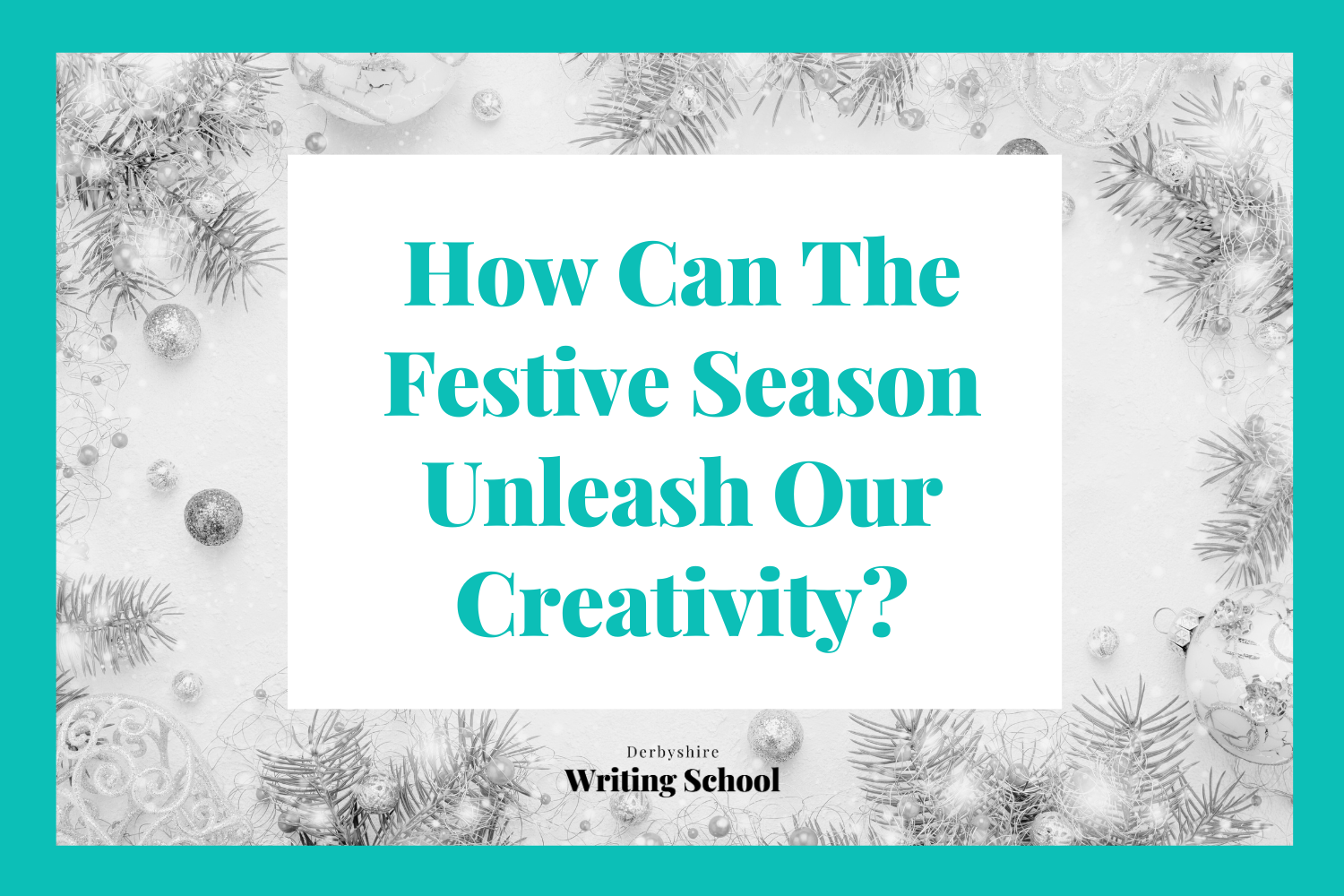How To Think Of The Perfect Title For Your Story
The title of your work is the first thing people read when they pick up your story.
It needs to grab attention and draw people in, so they read on. A good title is also memorable. It sticks in your reader’s minds, popping out whenever they’re asked to recommend a book.
How do you generate a title for your novel?
The big question is, how do you think up the perfect title for your story? Well, there are several paths you can choose to wander down. Don’t cling to your title too tightly. As your story grows and develops, your chosen title may become obsolete. Instead, work with what we call a ‘working title’. This allows you to call your story something but not be bound to the title.
Below is a list of ideas for you to draw from, however, it is worth noting in many instances a title may pop up organically and if this happens don’t shy away from it or try to make it fit into one of the below categories.
7 Ways to create a title for your new book
1. Plot-based title
This title type is based on the plot of your story. To take a common example, Harry Potter and the Philosopher’s Stone is a plot-based title as the plot of the book revolves around the person and object referred to in the title. Another example would be The Hunger Games.
2. Character-based title
This is a simple title type and works best if you have a character with a memorable name. For example, Stephen King’s Carrie. This is also a good title type to use as your working title.
3. Creature-based title
This type of title is like character-based titles. This type of title is more suited to fantasy/sci-fi genre stories but can be utilised by other genres. Some examples of this include; Broken Angels, The Hobbit, and The Little Mermaid.
4. Setting-based title
When or where does your story take place? This is particularly effective if your story’s setting is somewhere unusual or set in a different time. The Secret Garden is a good example of this another is the Tenth of December.
5. Speech-based title
Does your character say something profound or quirky? Using a line of dialogue as a title is an unusual but effective way of naming your story. It is also a good way of introducing your character before your reader even encounters them. For example, I Was Told There’d be Cake.
6. Technique-based title
This type of title is a broader type and can be combined with the other types of titles already mentioned. Here are a few with accompanying examples.
- Alliteration – His Hideous Heart
- Tripartite list – The Lion, the Witch, and the Wardrobe
- Simile – Quick as a Cricket
- Metaphor – Wooden Heart
- Imagery – The City of Dreaming Books
- Rhetorical question – Remember Me?
7. Single word title
Sometimes simpler is better. A single-word title can be punchy and to the point, while also creating a sense of mystery. Here are a few examples: Hades, Fever, Shiver, and Misery.
How to create a book title for series?
If you are planning a series of stories, you must make the decision of how to title them. Do you do them all the same or different? Here are a few examples.
1. Repetition
Sometimes viewed as the traditional style, this is where you start/end every title with the same phrase/word. The Harry Potter novels do this as every book title starts with the words ‘Harry Potter and the…’.
Another way of using repetition is to use a repeating word. The Sookie Stackhouse series uses this technique as every title includes the word ‘dead’.
2. Theme
Having a consistent theme to your titles links them together, showing them to be part of a continuing story. For example, the Twilight Saga demonstrates this as each of the books is titled after something to do with the moon phases / time of day (Twilight, New Moon, Eclipse, Breaking Dawn).
3. Technique
Using the same literary technique to title all your stories is another way to link them, but gives you more creative freedom. For example, A Song of Ice and Fire series uses alliteration in its titles. (A Storm or Swords, A Dance with Dragons).
4. Numbers
Using numbers in your titles makes it easy for readers to know the order of your stories. You can be very creative in this. Meg Cabot does this very effectively in her series The Princess Diaries. In this series, each book (aside from the first) contains its respective number (e.g., Take Two, Third Time Lucky, etc.)
While titling your story is an important step, don’t get bogged with it. Most often, a title will present itself to you. If this doesn’t happen, then try sitting down with this list and coming up with a selection of titles based on each type of title. Sometimes one of these titles will stand out, but if not, try titling your story with each one and see which one feels the most natural. It may also be useful to show your titles to others to see which one garners the most attention. But most of all, have fun! How often do you get to create a title for a book you’re creating!
Everyone has a book in them. Will this be the year you finally write yours?
Our ‘how to write your first novel’ course is a perfect introduction for those looking to learn how to start writing fiction.
Whether you’re hoping to get your novel published or if you’re writing just for fun – this course will help you feel motivated and excited to start writing your first novel.
This post has been written by Hollie Parkin.













